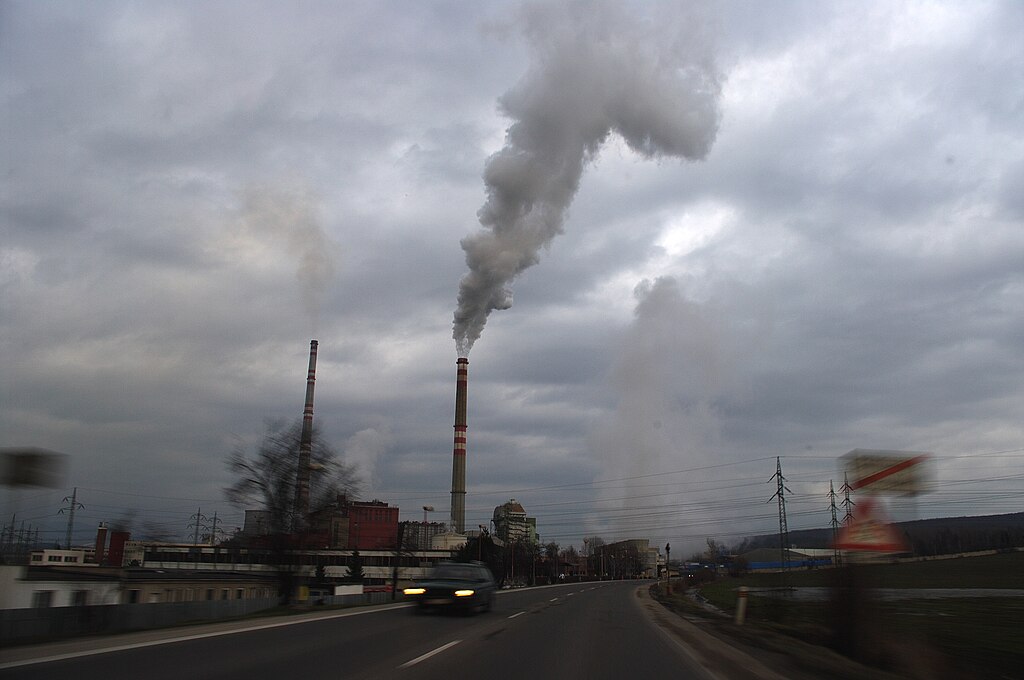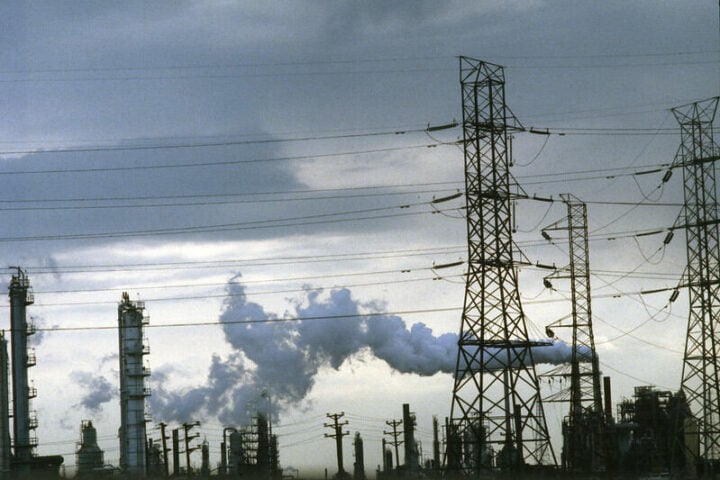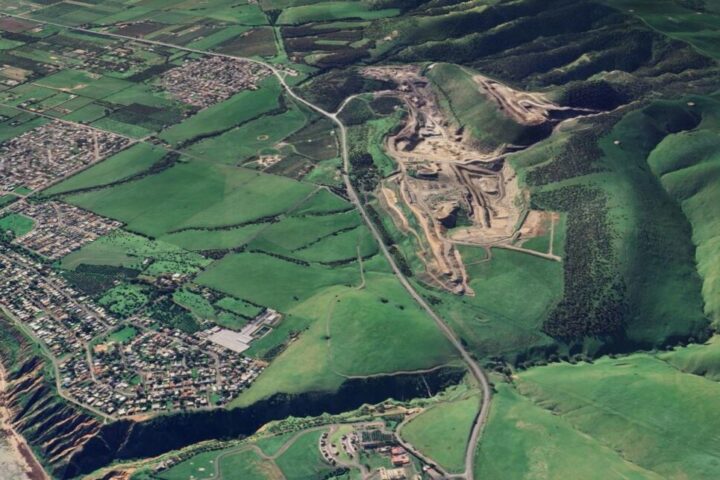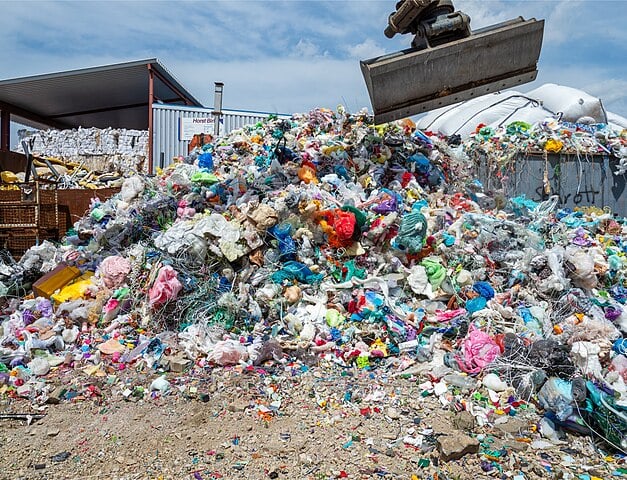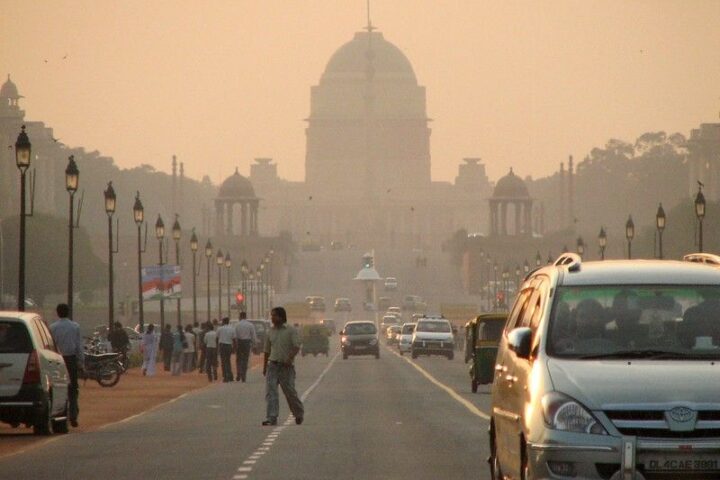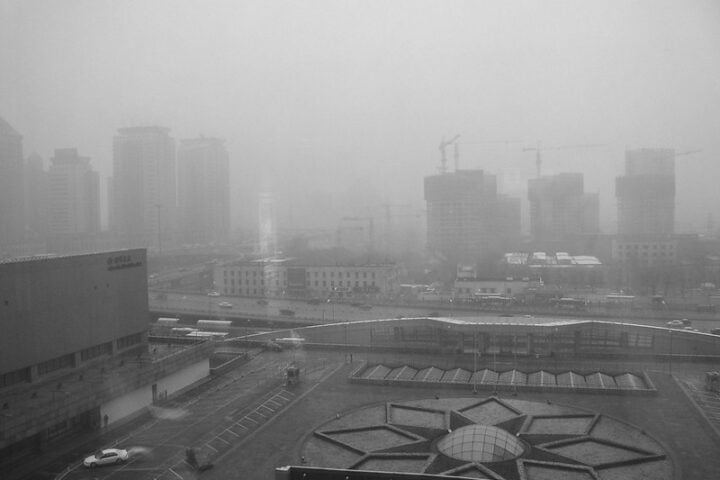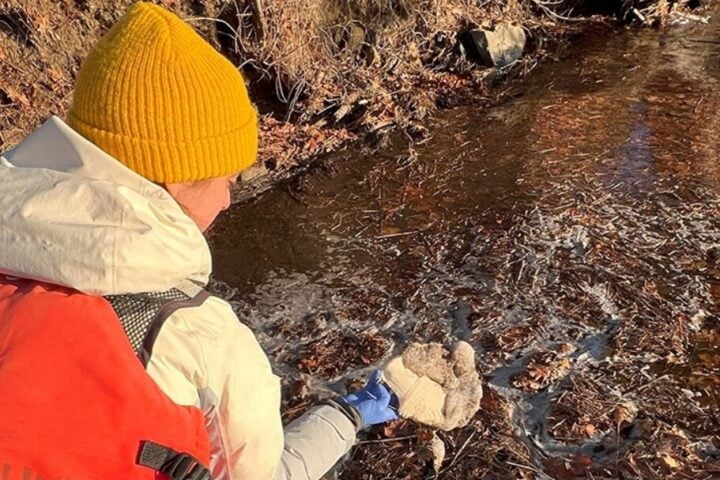The air we breathe is killing us. And that’s not hyperbole—it’s science.
“There is very definite evidence on how harmful air pollution is for people’s health at all ages throughout their life course,” says Marina Belen Romanello, Executive Director at Lancet Countdown, speaking to PTI on the sidelines of a recent World Health Organization conference in Colombia.
Yet in July 2024, India’s Minister of State for Health Anupriya Patel told the Rajya Sabha something starkly different: “There is no conclusive data available in the country to establish a direct correlation of death/disease exclusively due to air pollution.”
This contradiction sits at the heart of India’s growing air pollution crisis—a scientific consensus on one side and official hesitancy on the other. Meanwhile, our lungs and bodies absorb the consequences.
The Science Is Clear: Our Bodies Are Taking The Hit
Romanello doesn’t mince words: “All exposure to air pollution, regardless of the concentration, will enter our lungs and damage our health, blood system, and internal organs.”
The data backs her up. A recent study published in Lancet Planet Health found that absolutely no one in India lives in areas where pollution levels meet WHO recommendations. Let that sink in—not a single person. The study links high PM2.5 levels (those dangerous microscopic particles that penetrate deep into lungs) with 1.5 million deaths annually in India alone.
Even more concerning? Each 10 µg/m³ increase in PM2.5 raises your death risk by 8.6%, according to the same research.
And if you’re thinking “but surely some parts of India have cleaner air,” think again. While pollution varies—from 11.2 µg/m³ in Lower Subansiri, Arunachal Pradesh to a whopping 119 µg/m³ in Delhi and Ghaziabad—even the “cleanest” air in India exceeds WHO guidelines of 5 µg/m³.
In fact, 81.9% of Indians live in areas where air quality doesn’t even meet India’s own more lenient standards of 40 µg/m³.
Beyond Lungs: Your Whole Body Suffers
Air pollution isn’t just a respiratory issue. Dr. Maria Neira of WHO presented findings showing that it affects virtually every organ system: brain, heart, skin, pancreas, bones, liver, kidneys, blood vessels, and reproductive system.
The disease list reads like a medical textbook: lung cancer, pneumonia, decreased lung function, type 1 and 2 diabetes, poor bone metabolism, liver cancer, high blood pressure, systemic inflammation, neurodegenerative diseases, heart attacks, irregular heartbeats, heart failure, and premature birth.
For many of us, these aren’t distant risks—they’re daily realities in our communities.
Similar Posts
The Cost Goes Beyond Health
“It’s having a direct impact on the health of local population and also on the economy and labour productivity. The damage it can do to a country is quite widespread,” Romanello explains.
Think about it: hospital bills, missed workdays, reduced quality of life, and premature deaths all translate into economic costs. When millions get sick from something preventable, the entire country feels it.
The Indoor Pollution Problem We’re Not Talking About Enough
While much attention goes to vehicle emissions and industrial pollution, a 2024 think tank report revealed that 41% of Indians still rely on wood, cow dung, or other biomass as cooking fuel.
This practice emits approximately 340 million tonnes of carbon dioxide annually—about 13% of India’s total greenhouse gas emissions. More immediately, it fills homes with dangerous particulate matter, especially affecting women and children who spend more time near cooking areas.
The government points to the Pradhan Mantri Ujjwala Yojana (PMUY) as a solution, providing clean LPG to safeguard women and children. But clearly, with 4 in 10 households still using biomass, there’s a gap between policy and reality.
A Global Health Emergency Demanding Action
This isn’t just India’s problem. The WHO reports air pollution causes nearly seven million deaths annually worldwide, with 90% occurring in low- and middle-income countries.
The recent WHO conference in Colombia saw over 50 countries, cities, and organizations pledge to tackle air pollution and halve its deadly impacts by 2040. Supporting this are 47 million health professionals and advocates who signed a petition demanding clean air be made a public health priority.
Political Responses Are Mixed
Indian parliamentarian Gaurav Gogoi doesn’t hold back: “We cannot afford to be in the dark. Air pollution is a silent and dangerous assassin. The Ministry of Health should evolve parameters to record air pollution as a significant contributing factor to death.”
Bhavreen Kandhari, founder of the Warrior Moms movement group, points to a troubling contradiction. Despite the Indian Council of Medical Research’s 2019 report attributing 1.7 million deaths to air pollution, the government’s public stance remains dismissive.
“This contradiction not only weakens scientific research but also jeopardizes public health by neglecting necessary policy actions,” Kandhari told PTI. “The government’s inconsistent position mirrors past incidents where environmental health crises were downplayed or ignored, leading to repeated public health failures.”

So What Now?
The evidence is overwhelming. There is no safe level of air pollution. The health impacts are documented, quantified, and deadly serious. The question isn’t whether air pollution is killing Indians—the science clearly shows it is—but whether we’ll acknowledge it and act accordingly.
As Romanello puts it: “That is why it is so important that governments acknowledge the science and clean the air, because that will result in a healthier and more productive population.”
Your lungs are waiting for an answer.
